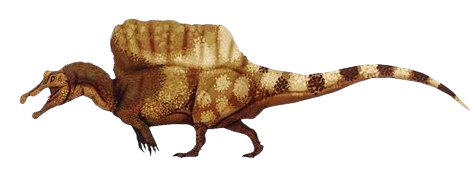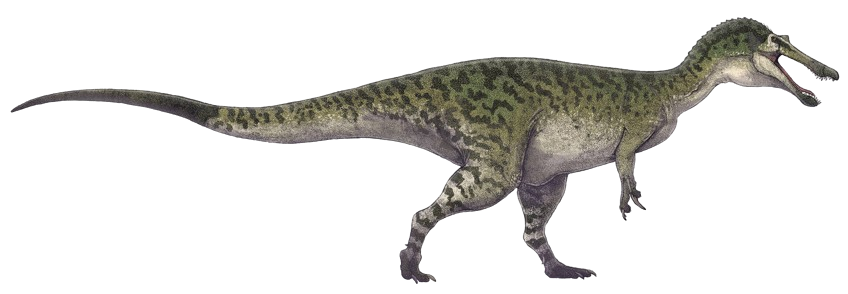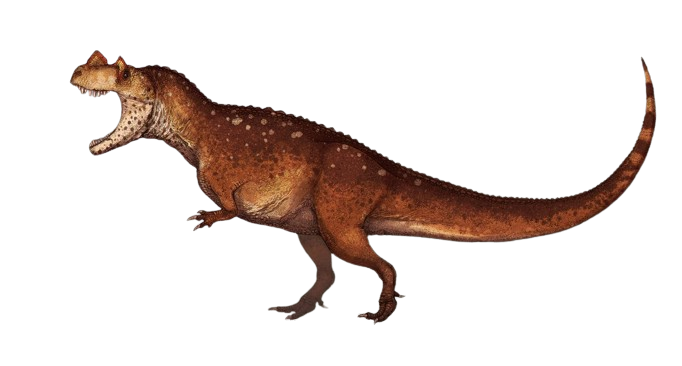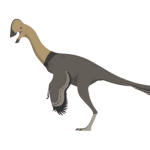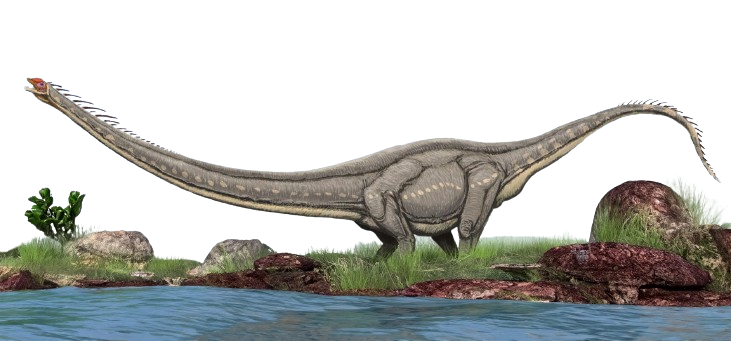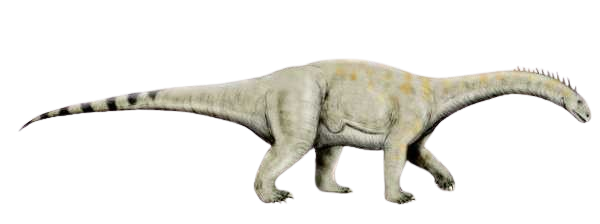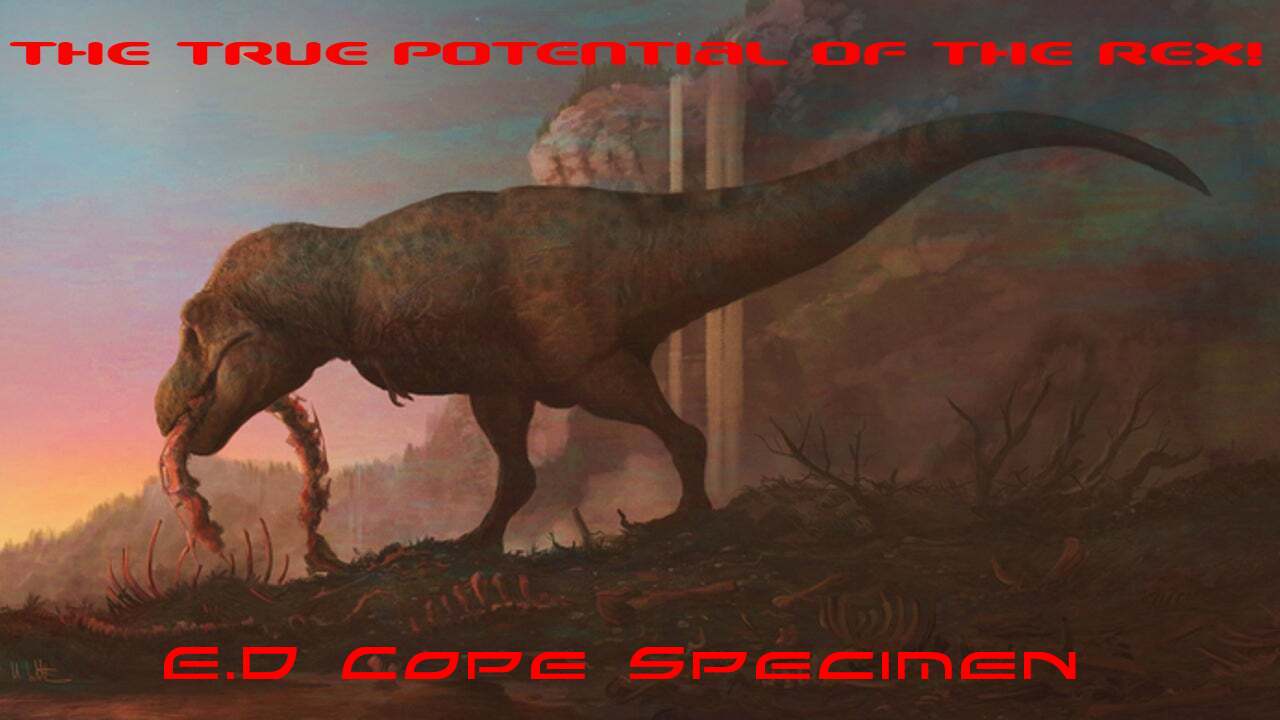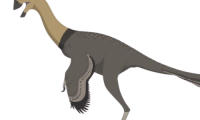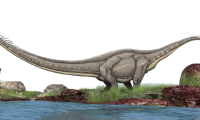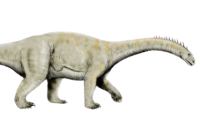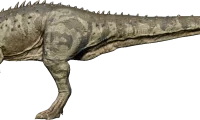The intriguing world of dinosaurs constantly unfolds, revealing lesser-known species like Oxalaia, which may not have crossed the minds of many dinosaur enthusiasts. This remarkable creature belongs to the Spinosaurid family, sharing its lineage with the more famous Spinosaurus. Oxalaia presents an exciting avenue for exploration.
In terms of physical features, Oxalaia mirrors the iconic Spinosaurus in some striking ways. Notably, both dinosaurs sported distinct sails along their backs. While Spinosaurus boasted a sail reaching an impressive height of 5 feet, Oxalaia’s sail was comparably smaller, measuring a still remarkable 3 feet. This sail was likely a key adaptation, potentially aiding in thermoregulation, display, or even providing a means of species identification.
The resemblance between Oxalaia and Spinosaurus extends beyond their sail-adorned backs. Oxalaia exhibited a head reminiscent of a crocodile, reflecting adaptations for a piscivorous lifestyle. Like its more renowned relative, Oxalaia pursued a diet primarily consisting of aquatic prey. This menu included a variety of marine life such as fishes, sharks, crocodilians, tortoises, and intriguingly, even some other dinosaurs. Such dietary preferences indicate the adaptability and resourcefulness of these Spinosaurids in exploiting diverse ecosystems.
As we continue to uncover the secrets of Oxalaia and its kin, we gain valuable insights into the intricate web of life during the Mesozoic era. These findings contribute not only to our understanding of individual species but also help reconstruct the broader ecological dynamics of ancient environments. Oxalaia, with its unique blend of features and behaviors, serves as a captivating puzzle piece in the ongoing narrative of Earth’s distant past.


